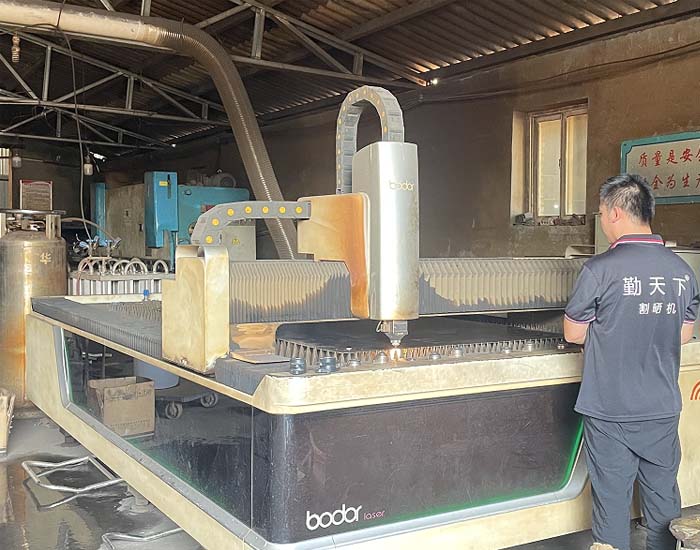Methods and Techniques for Efficient Wheat Harvesting Strategies
Harvesting Wheat A Crucial Agricultural Endeavor
Wheat is one of the most significant staple foods globally, serving as a primary source of carbohydrates for billions of people. The process of harvesting wheat is a vital agricultural endeavor that requires careful planning, efficient execution, and an understanding of various agricultural principles. This article delves into the importance of wheat harvesting, the methods employed, and the challenges farmers face during this crucial time.
The Importance of Wheat Harvesting
Wheat harvesting is not just about collecting a crop; it represents the culmination of months of hard work, investment, and dedication. The significance of wheat lies in its versatility—it can be processed into flour, used for making bread, pasta, and cereals, or serve as animal feed. In many countries, particularly those with vast agricultural landscapes like the United States, China, and India, wheat is a key component of the economy and food security. Successful harvesting plays a critical role in ensuring that there is enough supply to meet the demands of the population.
Moreover, timely harvesting is essential as it affects the quality and quantity of the yield. Delayed harvesting can lead to overripe grains, increasing the risk of spoilage, pest infestations, and losses due to adverse weather conditions. Thus, farmers must watch for optimal harvesting times, which typically occur when the grain moisture content is at an acceptable level for storage.
Methods of Harvesting Wheat
There are several methods used in the harvesting of wheat, ranging from traditional hand-held tools to modern machinery. In many developing countries, farmers still employ the use of sickles or scythes to manually cut the wheat stalks. Although labor-intensive, this method allows for precise cutting and is more suitable for smaller fields.
However, in large-scale farming operations, mechanization has revolutionized the harvesting process. Combine harvesters are the most common machines used in wheat harvesting today. These machines are designed to efficiently cut the wheat, thresh the grains from the chaff, and separate the grain for storage—all in one continuous process. The use of combines drastically reduces harvesting time and labor costs, allowing farmers to cover larger fields in shorter periods.
to harvest wheat

In addition to combines, advancements in technology have introduced GPS-guided machinery and precision farming techniques. These innovations enable farmers to optimize their harvesting operations by monitoring crop yields and adjusting their practices based on real-time data, ultimately leading to better efficiency and productivity.
Challenges in Wheat Harvesting
Despite the advancements in harvesting methods, farmers still face numerous challenges during the wheat harvesting season. Weather conditions play a significant role; excessive rain can lead to muddy fields and delayed harvesting, while drought conditions can cause the crop to become overly dry and susceptible to damage. Furthermore, climatic changes are introducing unpredictability into farming schedules, with seasons shifting and extreme weather events becoming more common.
Pest and disease management is another critical challenge. Pests, such as aphids and beetles, can infest wheat fields at harvest time, reducing the yield and quality of the grain. Farmers must employ integrated pest management strategies and remain vigilant to protect their crops.
Labor shortages are also a pressing issue in many regions. As more people migrate to urban areas for employment, finding sufficient labor during the peak harvesting season becomes increasingly difficult. This shortage can lead to delays and ultimately affect the profitability of the farming operation.
Conclusion
Harvesting wheat is a pivotal process that encompasses much more than simply cutting down stalks and gathering grains. It involves strategic planning, skilled labor, and the application of modern technology. As the world continues to face challenges such as climate change and labor shortages, the future of wheat harvesting will depend on innovation, sustainability practices, and a commitment to ensuring that this essential crop remains a reliable source of food and economic stability for societies around the globe.
Latest news
-
When to Upgrade Your Old Forage HarvesterNewsJun.05,2025
-
One Forage Harvester for All Your NeedsNewsJun.05,2025
-
Mastering the Grass Reaper MachineNewsJun.05,2025
-
How Small Farms Make Full Use of Wheat ReaperNewsJun.05,2025
-
Harvesting Wheat the Easy Way: Use a Mini Tractor ReaperNewsJun.05,2025
-
Growing Demand for the Mini Tractor Reaper in AsiaNewsJun.05,2025







